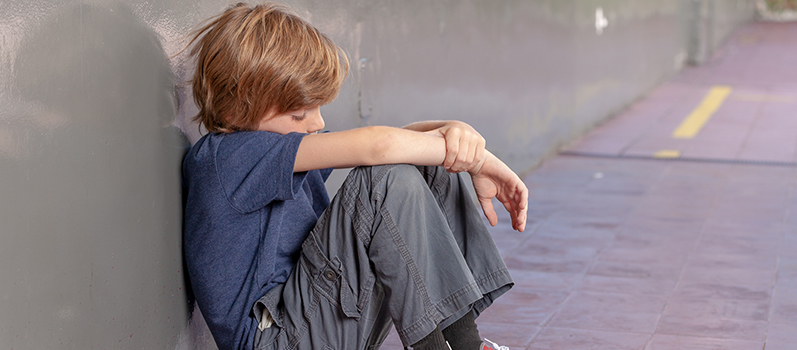
Social Distancing & Long-Term Childhood Development
This period of social distancing is hard for people of all ages, but this can be especially true of children—especially older children and teenagers.
Younger children may miss time with their friends but can still get the basic of social structure from parents and siblings at home. But in social situations and among peer groups, older children learn to navigate the complexity of interactions: an important life skill. And the longer that social distancing continues, the more that older kids will likely be longing for interactions with peers.
For younger children, friendships are often borne out of proximity. As children get older, they start to be more selective with friendships and focus on things like shared interests while they learn about trust and what makes relationships healthy. These years are important because they are precursors to adulthood.
Kids will likely bounce back if social distancing lasts only for a few months, according to most experts. Since many children can socialize virtually through devices, they will still have some connection (even though there’s no complete replacement for in-person interactions).
However, if this stretches on for longer, there could be some negative impact. This is true for people of all ages, not just children, but the formative years of adolescence are important for all sorts of skills.
Parents can help their children during social distancing by encouraging exercise, setting reasonable and consistent boundaries with device time while still allowing time to connect with their friends, and being patient in giving them space when they need it. With ongoing support and understanding, parents can help their children navigate these unprecedented times.









